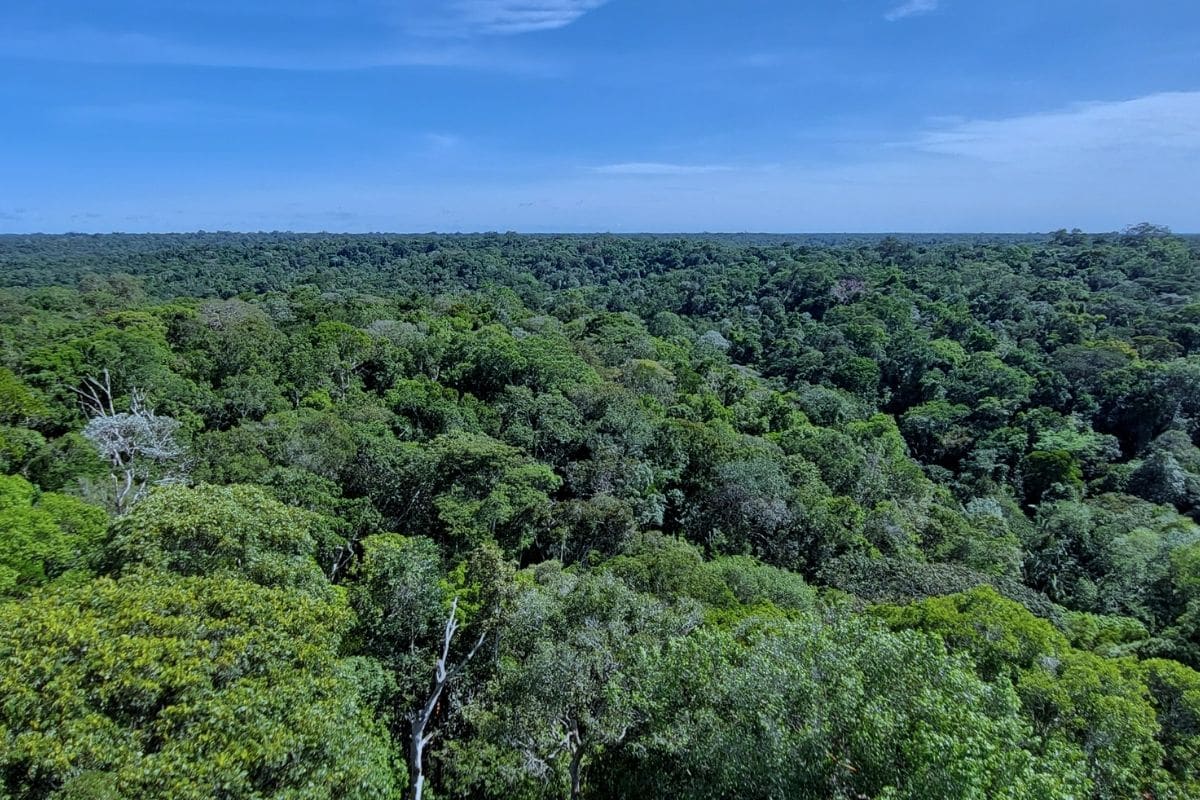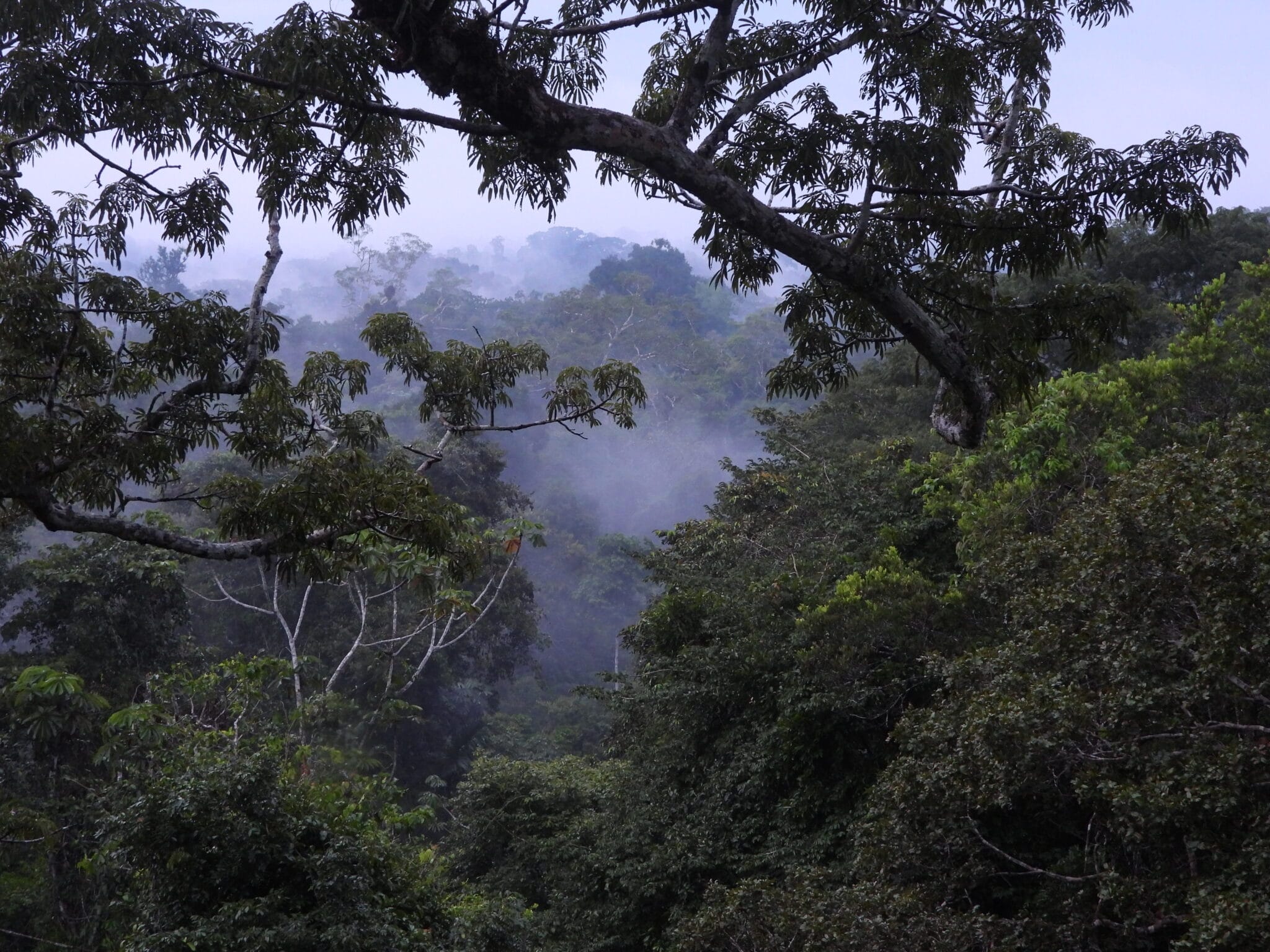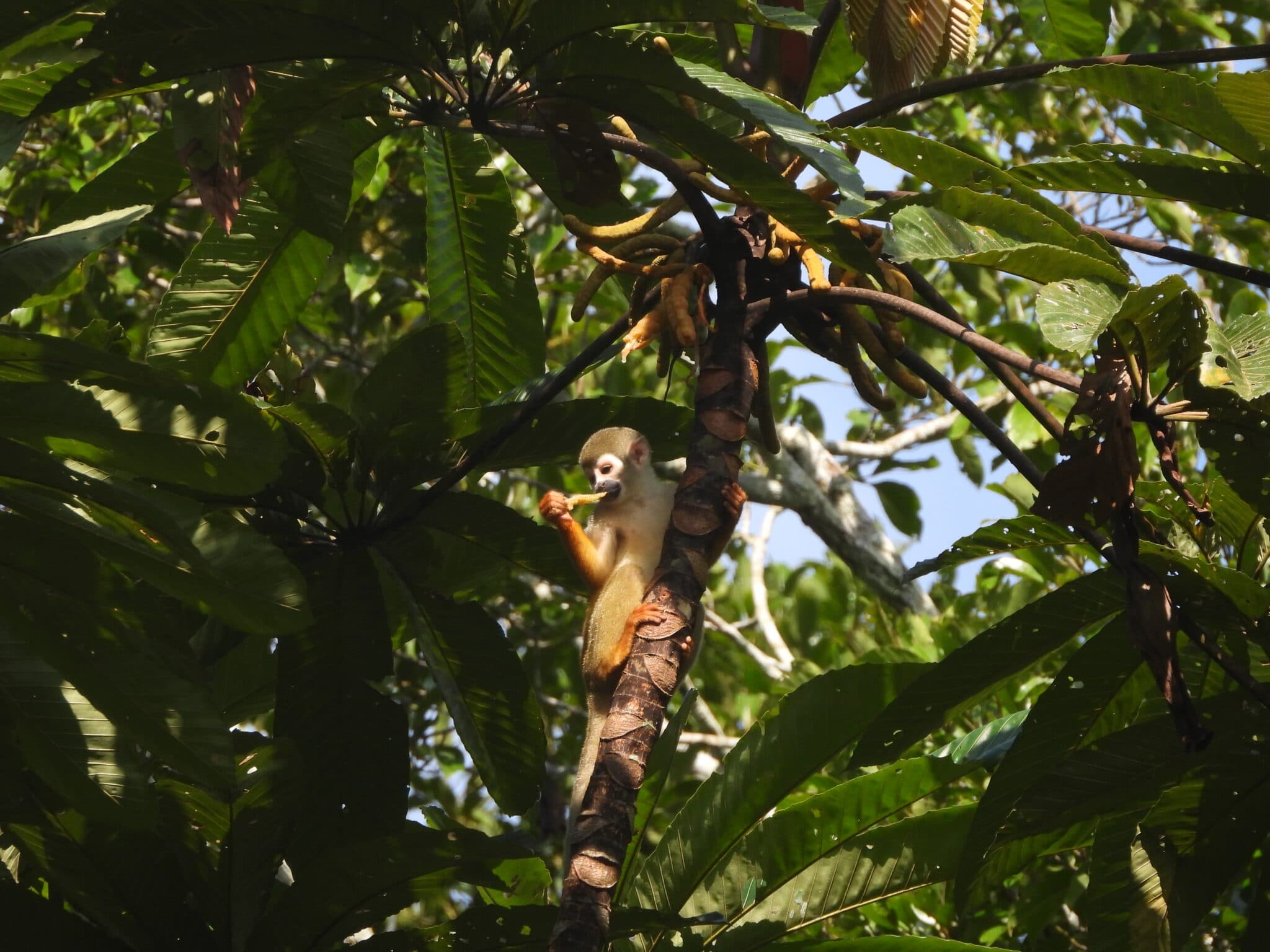
The Brazilian Amazon lost more than 13,000 km2 of forest between the summers of 2020 and 2021 due to deforestation. That is an increase of 22 percent compared to the previous year. And yet there is hope.
The Amazon is the largest rainforest on our planet. It extends over as many as nine South American countries. And the largest part of the rainforest (about 60 percent) is located within the borders of Brazil. And this Brazilian part of the Amazon rainforest has regularly been in the news in recent years. The news is not very positive. For example, many will still have fresh memories of the enormous fires that raged in the Brazilian rainforest in 2019 and 2020. In addition, in the same period we also heard many reports about increasing deforestation; parts of the Amazon are being chopped down or burned to make room for livestock and agriculture.
Silence
And so the Brazilian Amazon was frequently in the news in 2019 and 2020. But anyone who checked the newspapers in 2021 would almost suspect that little newsworthy happened in the rainforest last year. We hardly heard anything about deforestation and fires. But that is certainly not because the Brazilian Amazon was spared all this year. “I think we were just busy with other things this year,” remarks Hans ter Steege, Amazon forest expert and who works at Naturalis. Because there were fires. And there is certainly deforestation this year as well. In fact, it was very hard. “Last month it was announced that the Brazilian Amazon lost some 13,235 square kilometers of forest due to deforestation between July 2020 and August 2021. That is an increase of 22 percent compared to the previous year. And the biggest loss since 2006.”
According to Ter Steege, the fact that deforestation has soared in 2021 is mainly due to the Brazilian government. “In recent years, it has dismantled environmental regulations, modified the protected status of areas and thus paved the way for more mining, agriculture and animal husbandry in the Brazilian Amazon.” As a result, deforestation has increased again since 2018.

Photo: Hans ter Steege.
End to deforestation
And yet there is hope for the Brazilian Amazon, you might say. During the climate summit in Glasgow, a hundred countries – including Brazil – pledged to end deforestation by 2030. And with that, the rescue seems near. Yet Ter Steege does not dare to cheer. “I don’t know what the effect of this agreement will be. After all, it is also possible that countries – because they know that it will no longer be allowed in a few years’ time – will quickly deforest large tracts of land.” In the short term, little will probably change in the Brazilian Amazon, thinks Ter Steege. “Next year I expect that they will continue as before.” The researcher is slightly more optimistic about the subsequent period. “In Brazil there will be elections again in 2022 and it now looks like the current government will not be re-elected. I therefore hope that the new government will reverse many of the measures taken and will play a clear role in protecting the rainforest.”
The Importance of the Amazon
We all benefit from that in the end. Because the Amazon forest plays a crucial role in our climate system. An estimated 150 to 200 billion tons of carbon is stored in the forest. And deforestation and degradation of the forest can ensure that part of that carbon is released, the forest absorbs less carbon and our climate problem is increased. Very disturbing in this regard is a recent study that shows that the Brazilian rainforest has recently emitted more CO2 than it absorbs.

Numerous species live in the Amazon. Some of them can only be found in the Amazon. Image: Hans ter Steege.
Biodiversity
But there are more reasons to be frugal with the Amazon. The forest also has an unparalleled biodiversity that is being threatened by deforestation. “There are about 50,000 different plant species in the forest, including 16,000 different tree species. We also find an incredible number of bird species there.” Not to mention the amphibians, reptiles and mammals tucked away in these forests. Or the rich soil life, because in some parts of the Amazon a single gram of soil can harbor more than 1000 different fungal species. a recently published report about the Amazon, in which Ter Steege also contributed. “In terms of diversity, the area is really incomparable,” concludes Ter Steege. And then it should be noted that we don’t even know all the species in the Amazon yet; On average, researchers in the Amazon rainforest encountered a species unknown to us every other day.
All these different species are not only beautiful to see, but have often also adapted in unique ways to their environment and through evolution have found solutions to the challenges that their habitat has to offer. “It means that the forest has also built up a lot of ‘knowledge’,” says Ter Steege. And we humans can benefit from that. “I am thinking, for example, of chemical substances that are produced here by animals or plants and that may have a medicinal effect or can be used in insect control. Wouldn’t it be a shame if we now lose such solutions that could benefit us later?”
Flying Rivers
Finally, deforestation is also having a catastrophic and already tangible effect on Brazil itself. “You can already see that Brazil is increasingly faced with drought because too much forest is felled,” says Ter Steege. It has everything to do with changes in the ‘flying rivers’ that originate above the Amazon. “Warm ocean water evaporates, comes ashore and rains over the Amazon,” explains Ter Steege. The vegetation absorbs the rainwater through the roots and then releases some of it back into the atmosphere through the leaves in the form of water vapor. And that transports the moisture to the south, where it comes down again in the form of rain. “This actually creates a highway of water above the Amazon that transports really bizarre amounts of moisture. But when the forest gets smaller, that highway of water can also shrink or bend. And that results in drought.” It’s ironic. “Because it means that the farmland you have obtained through deforestation becomes useless by that same deforestation.”
And so there is a lot to fight for. And the tide can still be turned, Ter Steege emphasizes. “About 15 percent of the Amazon is now deforested. And that is approaching 20 percent. It means that 80 percent – about 5.7 million square kilometers – is still standing. And about 40 to 50 percent of that has an official protected status. If that were also maintained, it would be the best protected area in the world of this size.” But that’s what it lacks in present-day Brazil. And as long as that doesn’t change, even if just over 80 percent of the Amazon is still holding out bravely, there is cause for concern. Ter Steege endorses this with a reference to the Atlantic Rainforest that lies on the northeast coast of South America, where deforestation has been able to proceed almost unhindered since 1950. “The situation is exactly the opposite: where the Amazon is still 80 percent standing, in the Atlantic Rainforest 80 percent has been deforested and about 20 percent is still standing. That shows how fast it can go in a short time.”
It should not come to that in the Amazon. And in that regard, Ter Steege is therefore looking forward with some hope to the arrival of a new Brazilian government and – in the slightly longer term – the realization of the promise to end deforestation by 2030. “I think the Brazilian Amazon can still be saved. At least partly. In the areas where a lot of deforestation is currently taking place – such as the Brazilian regions of Pará, Mato Grosso, Rondônia and Acre – a lot of forest will still be lost and at most fragments of tropical rainforest will remain. But there is certainly hope for the areas beyond.”
Source material:
Interview with Hans ter Steege
Image at the top of this article: via Naturalis